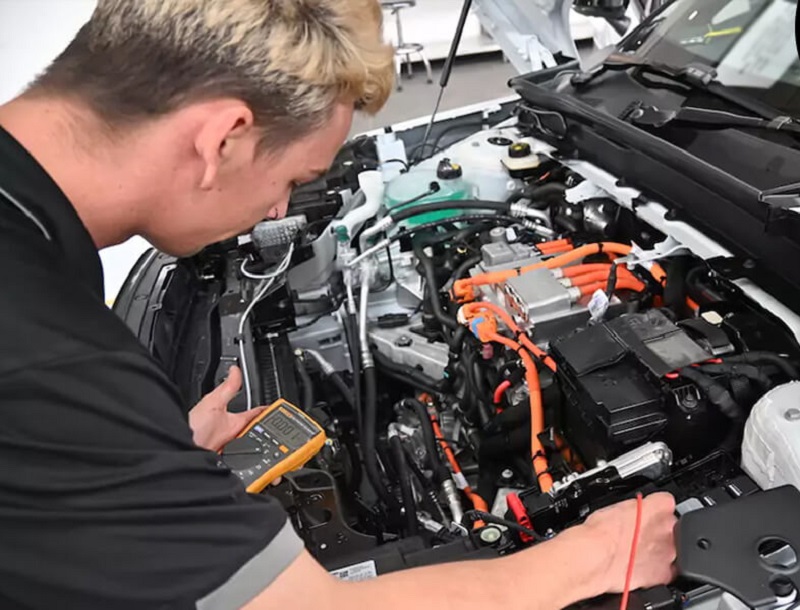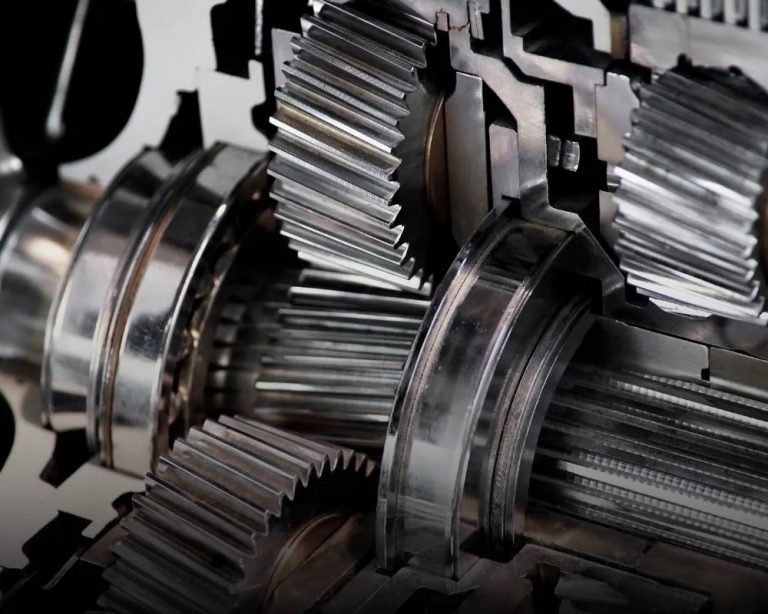
How to Spot Car Headlight Electrical Shorts: A Driver’s Guide to Diagnosing Issues
Electrical shorts in car headlights can be tricky to identify, but they often lead to flickering lights, blown fuses, or complete headlight failure. These problems not only affect your vehicle’s safety but can also be symptoms of deeper electrical issues. By understanding the signs of a short and how professionals approach diagnosis and repair, you’ll be better prepared to keep your headlights in top condition.
Recognizing the Early Warning Signs
One of the first signs of an electrical short in your car headlights is inconsistent lighting performance. You might notice your headlights flickering while driving, turning off unexpectedly, or not turning on at all. Sometimes, the issue may seem intermittent—working fine one day, then failing the next. If your headlight fuses keep blowing or the bulbs burn out prematurely, it’s another strong indicator that a short circuit could be present. Depending on the European Auto Repair in Nova Scotia, Canada based service would be a fine choice.
Inspecting the Fuses and Relays
Professionals begin by checking the headlight fuse and relay located in the vehicle’s fuse box. A blown fuse suggests that excessive current has passed through the circuit, often due to a short. Relays are also inspected to ensure they are functioning properly, as a faulty relay can mimic the symptoms of a short. Replacing the fuse without finding the root cause can be a temporary fix that leads to recurring problems, so it’s essential to dig deeper.
Checking for Damaged Wiring
Exposed, pinched, or frayed wires are common culprits behind electrical shorts. During inspection, technicians trace the wiring from the headlight housing back through the harness, looking for areas where insulation may have worn off or where wires might be rubbing against metal components. Corrosion at connectors or terminals, especially in older vehicles or those exposed to moisture, can also lead to electrical issues.
Testing with Multimeters and Diagnostic Tools
Professionals use multimeters to measure voltage, continuity, and resistance throughout the headlight circuit. This helps pinpoint the exact location of the short. A short circuit will usually show little to no resistance between power and ground, which indicates a direct connection that shouldn’t be there. In more complex systems with headlight control modules or CAN bus communication, advanced diagnostic tools may be used to scan for error codes and assess system integrity.
Fixing the Short and Preventing Future Issues
Once the source of the short is located—whether it’s a faulty wire, damaged connector, or internal headlight component—it is repaired or replaced. Technicians ensure all wiring is properly insulated and securely routed to prevent future wear and tear. In some cases, protective sleeving or rerouting may be recommended to keep wiring safe from vibration or moisture. After repairs, the entire system is retested to confirm normal function.
Conclusion
Spotting and repairing a car headlight electrical short requires a careful, step-by-step process. From noticing early symptoms like flickering lights to using diagnostic tools to pinpoint the exact problem, professionals take a thorough approach to ensure safe and effective headlight performance. Regular inspections and timely repairs can help you avoid dangerous driving conditions and keep your headlights shining bright.


















